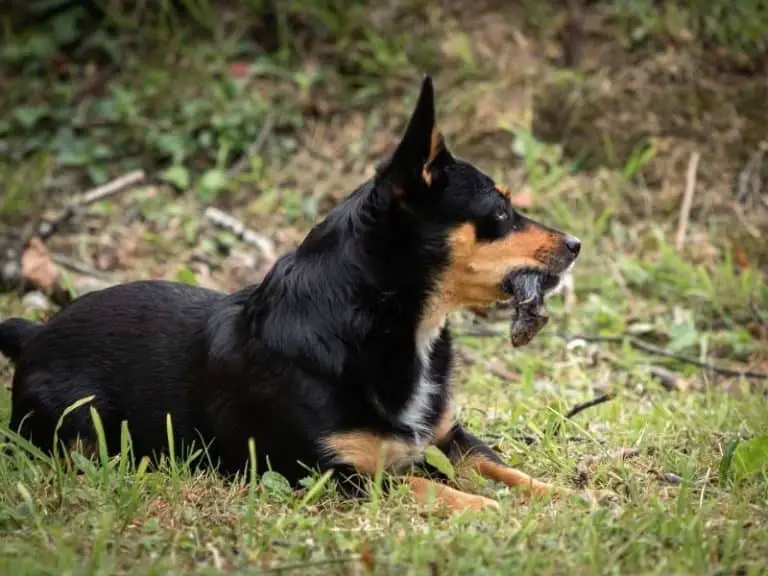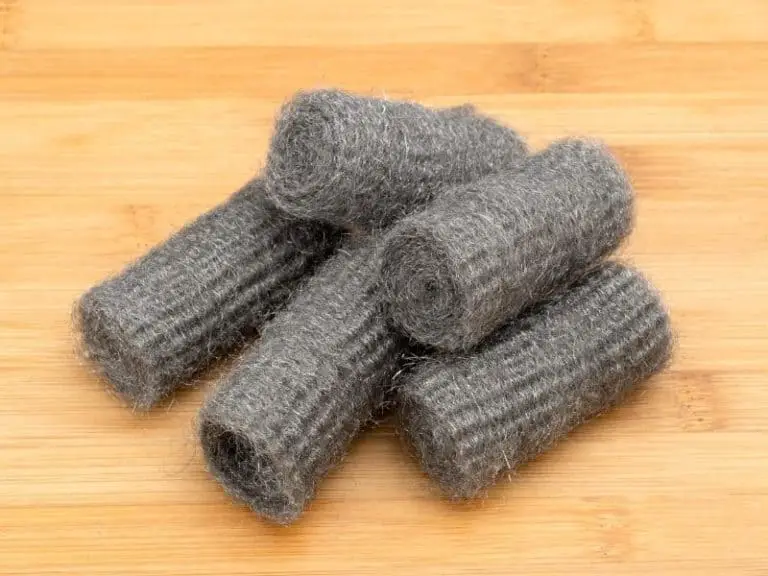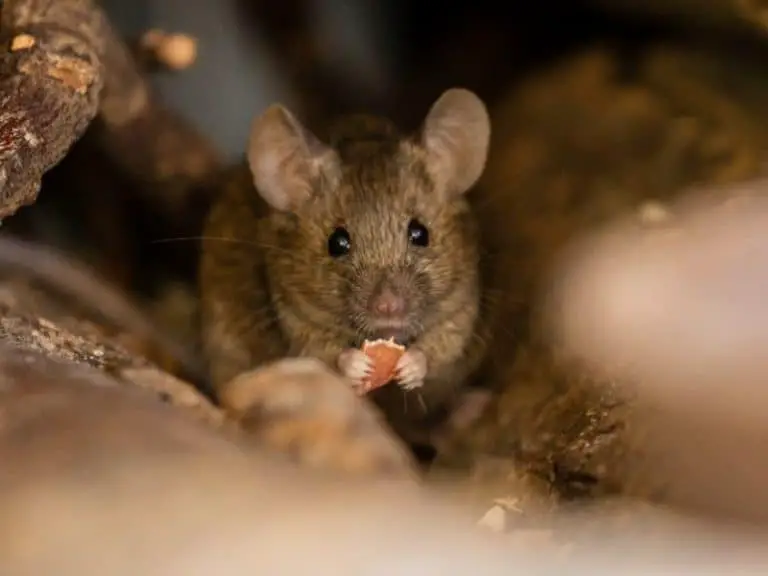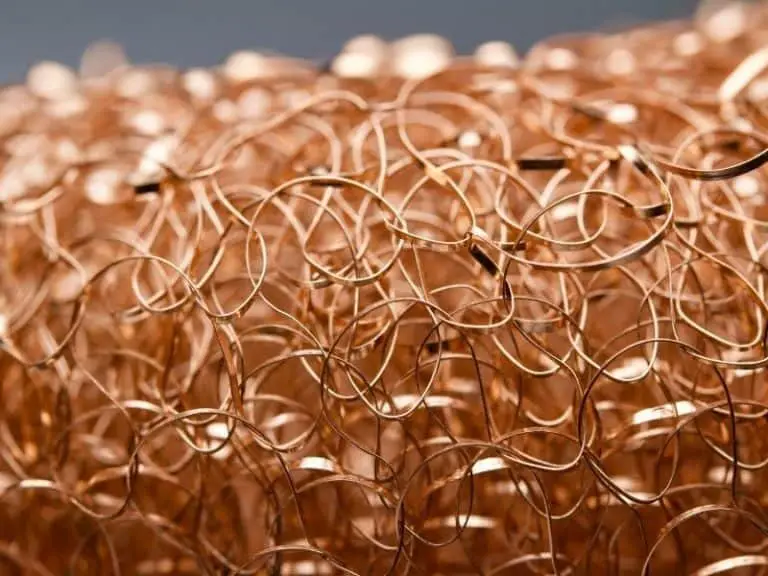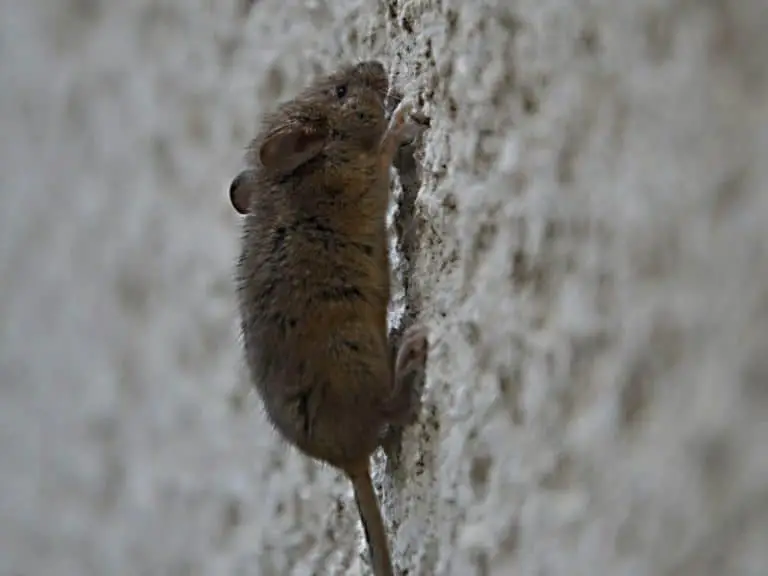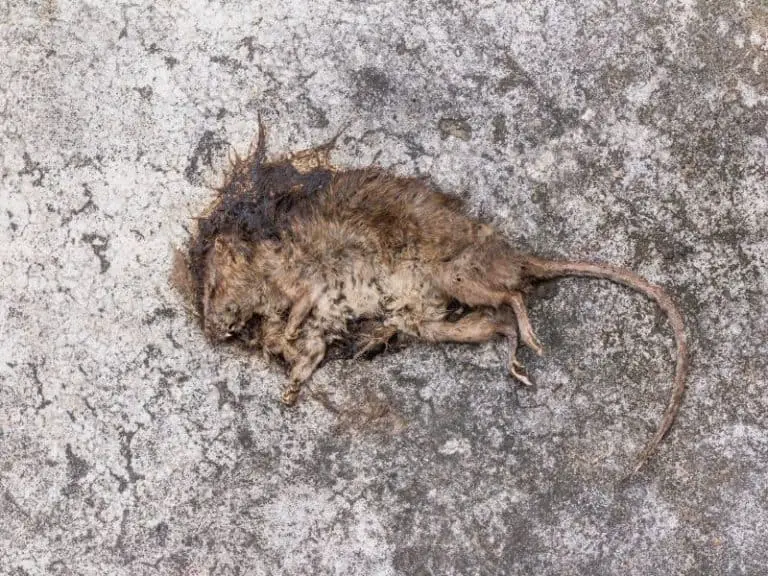Top Nine Things That Attract Mice To Your Home
Recently, one of my closest friends, a home flipper, was tearing apart a farmhouse when he found a family of rats and mice living in the living room, dining room, kitchen, bedroom, and even the bathroom.
He rang me up immediately to deal with the rodent situation and also asked me various questions, “how did these rats and mice manage to sneak up into the house?”, “Is there something that attracts these creatures at all?” Whatever the question may be, the answer to the things that attract mice, why they sneak in, etc., remains the same.
Mice and rats are attracted to two basic things – food and shelter. When the house is untidy, food crumbs will be on the floor, tables, countertops, and other furniture. Mice, rats, and other rodents seek that. They also seek shelter, a safe space to raise their offspring in a warm spot, and to protect themselves during winter.
Mice are stubborn critters. They’ll make their way into your home by chewing through wires, climbing the vents, scale walls, and even swim through the drain.
And just when you think to yourself you’ve followed all the precautionary measures of tidying up your house, you find that one little mouse hiding in your home.
Once you understand what attracts mice in your house, you can plan and develop a new strategy to get rid of them from your home and also be able to prevent them from returning.
Here Are The Top Nine Things That Attract Mice
Warmth and Shelter
It’s no secret that homes offer warmth and shelter. This is one of the major reasons why mice are attracted to your home.
Depending on the geographical location you are in, where you may have colder winter months, these critters will be need shelter from the weather conditions.
It is said that when a mouse is pregnant, it is more likely to look for shelter in a house. Similarly, even the female mammals, when they are pregnant, they look towards a form of shelter, either a house, cave, or other similar elements.
But do note, if a soon-to-be mommy mouse gets into your home, you will be dealing with a rat infestation in no time.
Food, Especially Meals for Pets
Rats/mice are not picky eaters. Be it leather, furniture, vegetables, meat, tiny crumbs, literally anything that fills their belly – is good for them.
This is why the first thing they go to is the trash – the house trash from the garbage bins that are not covered with lids.
If yours is a home that has unsecured food, like pet food bags, grass seed, or even birdseed, rats will go ends to find it.
It’s time you start organizing your inventory thoughtfully and storing your food in airtight containers to make sure it doesn’t attract any mice.
Mice like food that is full of fat or high in protein. Along with this, a strong odor of food and sweet or sugary food attract these critters.
By the way, you can use this knowledge to your advantage. Knowing what mice like to eat, you know what to put into mousetraps. When it comes to food, mice take what they find in the house.
But, they do have preferences and favorites in food, such as bacon, chocolate, and peanut butter.
Other than these three ingredients, there are five other foods that mice love.
Honey/Jam/Syrup
Mice are a sweet tooth. So using honey or maple syrup as bait is a great way to start while setting up a mousetrap.
Although mice will pick up the smell, the consistency of honey will make it difficult for them to eat.
And if you’re using this as bait, make sure to use a snap trap as these foods stay in place. But, do note that these foods also tend to stick hard to trap, making it difficult to use the next time.
Candies
Along with chocolates, candies are a favorite treat for the mice. But these are tricky to use a bait.
Snap traps don’t work when using candies, especially the jelly beans kind, as they fall off easily, making it easier for the mice to enjoy the treat without going near the trap.
For this, cage traps work. Jelly beans or any other form of candy can’t roll out, even if the trap is knocked out.
Beef jerky/Hot dogs
You can use any kind of cooked or breakfast meats.
Other than bacon, hot dog and beef jerky are equally high in protein. You can chop bacon or hot dog into tiny pieces and set them in any humane trap.
If you don’t have any of these foods, you can consider using any form of cooked meat or breakfast meats as bait.
Nuts and Seeds
During summers, mice love to eat seeds as they find them in abundance in warmer months. So using them as bait is the next best thing.
Some of the favorite seeds of mice include bird seeds, sunflower seeds, and pumpkin seeds. Be wary of what kind of trap you use when using nuts or seeds as bait, as one knock can easily roll out the bait.
Pet Food
Pet food, especially the wet ones is prepared in a way to smell aromatic for the pets, and this triggers a mice that there’s a sumptuous meal around.
Packed with a lot of protein, this is one of the easiest baits to use on mice. This bait can be easily used on a snap trap as wet pet foods have a lot of moisture in them, which makes it easier to hold it in place.
On the other hand, if you rather save your food supply instead of attracting mice, consider my recommendations on the best mouse-proof storage containers.
Pet Waste and Compost

Talking about food, if mice or rats love any food, they can also love digested food – particularly from pets.
If you’ve got a yard and it is exposed to dog waste, mice think of that as an invitation to come home.
So, clean up after your Fido immediately after he attends his nature’s call. If you can’t do it immediately, at least make sure to clean the yard thoroughly and daily.
Indoor Plants
Indoor plants act as beautiful decor to the house. But, if you’ve got indoor nut trees and fruit plants, then they attract mice into your home.
Mice often see this as an advantage as they consider large, indoor potted plants as a safe space.
Openings and Other Cracks
Mice don’t just come into your home without reason – sometimes that might be the case, but not all the time.
When mice find an opening into your home, be it through cracks, holes, and openings under the door, dog door, vents, or in the walls, they see it as an opportunity to get home.
It doesn’t even have to be a large gap; a small or narrow crack or gap is enough to get the mice in.
The best way to go about this is by barricading all the openings, holes, and cracks that prevent mice from coming home. You do this by plugging along the interior walls.
If you shut the exterior walls, mice will be stuck in your house permanently, and if they’re trapped and eventually die between the walls, this could cause problems for everyone in the house.
Hence, keep the openings in the exterior walls open, for the time being, so that the mice can leave the house.
Leaky Pipes
Rats are resourceful and run around a lot to find their basic needs, because of which they need their daily source of water.
If rats can’t find any water outside, they look for water sources indoors. If your home has small leaks in pipes that you are unaware of, if you’ve got a pet water bowl or have a leaky sprinkler head, rats will see that as a watering hole and nestle around for easy water access.
So, the best thing you can do to avoid mice is to properly seal the pipes around your home.
Vegetation and Lawn
If you’ve got a nice garden with trees, shrubs, overhanging branches, or vines, mice use this to get to the roofs of the house.
The overgrown vegetation sitting close to the walls of the house will provide a perfect shelter and nesting areas for the mice.
With the lawns, if there’s no gap between the grass and the building, rats see it as an open welcoming for shelter and food.
Hence, it’s best to keep mowing the grass, as well as, trimming the tree branches often to reduce shelter and food for the mice.
Unused Cars
If you’ve cars in the garage or outside that’s been unused for a while, mice will go exploring in search of food, water, and shelter.
They’ll nibble at the wiring, insulation, and upholstery. And in the worse case, if they die in the car, getting rid of the smell will be a tough task.
It doesn’t have to be old, unused cars.
If you’re someone who has a lot of wastage in the car, mice will find it equally inviting as it is to your home – mainly because of old food crumbs or food wrapper lying around.
So, it’s best to clean up all the piles and scraps to eliminate the desire for any mice that are nestled nearby.
Previous Mice Infestation Odor
If you’ve already had an earlier mice infestation, you need to brace yourself for another one. When you’ve got a mice infestation, the mice leave an odor that attracts future mice that are looking for shelter.
Mice seek comfort, so they also look for places where mice had stayed previously. It gives mice a certain reassurance that the place is safe from all dangers.
If you’ve had an infestation that wasn’t properly exterminated or sanitized, you’ll be welcoming the future mice with open arms.
The best way to deal with this is by getting rid of the odor altogether. This means getting in touch with a rat and mouse cleanup professional.
They have experience dealing with any forms of rat and mouse problems and have specific equipment and resources needed to completely eradicate any odors that are associated with the mice that have stayed or are staying in your house.
They clean up all the hazardous substances or any dropping left by mice such as fecal matters, grease marks from the floor or baseboards, and thoroughly sanitize the nesting regions as well.
It may just be one mouse in the house, but it doesn’t mean you should shrug it off. One mouse can quickly multiply into a mountain of problems if you don’t act fast.
What Attracts Mice Into An Apartment
The apartment may be super clean, but all mice needs is a safe place, food, and water.
Mice love the apartment better than homes.
They can raid an entire complex to meet their needs. It’s not just one kitchen they raid; they can get raid dozens of them in a single apartment complex.
And even though all the food is stored in airtight containers, mice have options to pick from other residences that are unclean/unsanitary.
They gnaw up the walls, go through vents, chimneys, and pipes.
Apartments are an easier source, compared to independent homes when it comes to food, water, and shelter for mice.
Food And Drinks Poisonous To Mice
Although mice are scavengers and eat everything, some foods are toxic and dangerous to mice if considered using them as bait. Some of the food and drinks that are poisonous include:
Avocado: Avocado skin is considered to be quite toxic. The flesh near the skin and the pit are dangerous too.
Blue cheese: The mold found in blue cheese is dangerous.
Licorice: The elements found in licorice can cause neurological damage to the mice.
Caffeine: Consumption of caffeinated beverages, including soda, tea, and coffee, can cause cardiac arrest, cardiac malfunction, arrhythmia, and fast heartbeat.
Old/spoiled produce: These have deadly toxins, mold spores, and poisonous bacteria that can upset the digestive system and can cause death.
Green potato/potato eyes and skin: Potatoes are part of the nightshade family that contains toxic leaves and stems but healthy fruits. Potatoes with green appearances on the skin, as well as the eyes and the skin of the potato, are considered toxic for mice.
Alcohol: Alcohol, when consumed by rats, after mistaking it for water or a sugary drink, can depress the organ system, which can often lead to death.
Keeping Mice Away
Mice and other rodents hate strong odors of peppermint oil and ammonia. Soak few cotton balls in ammonia or peppermint oil and place them in the corner of rooms or at common mouse entryways.
Another thing that might help is the plug-in devices, which releases extremely high frequencies that can’t be tolerated by mice.
Along with this, keeping home spick-and-span, with all food stored in airtight containers, is key. Food left outside, and unattended is an easy temptation for mice.
Also, consider the following when trying to get rid of mice.
Snap Traps: A humane way to kill mice instantly is by using snap traps.
Live mouse traps: Dumping a caught mice into the wild will lead to its death. But if dumped a couple of kilometers away from home, chances of the mice returning are high.
Plug-in devices: Certain devices at home use ultrasound or interferes with electromagnetic waves, which helps in driving out mice and rats. But this should be avoided if bats get in the house or on the roof.
Toxic substances: Substances like rat poison or anti-coagulants – if used on mice, will lead to a slow and painful death. But, serious problems occur if the poisoned mice or rodent is eaten before it dies by crows, cats, barn owls, weasels, etc., as they carry rodenticides from eating the prey, which was poisoned.
Prevention: By repairing all the cracks, holes, or any other form of opening both in and outside the house is seen as the long-term benefit of eliminating mice coming into the house. Along with this, cleaning up cupboards and removing nesting materials also helps.
Pro-tip: If you are someone who gets scared of mice, consider these things that can scare mice away instead.
Photo credit: ©canva.com/mark85448, ©canva.com/chanawatphadwichit
Medical Disclaimer: TheHomePestControl is a digital publisher and does not offer personal health or medical advice. The contents of this website are not intended to substitute for professional medical advice, diagnosis, or treatment.
Affiliate Disclaimer: As an Amazon Associate, I earn from qualifying purchases made on our website. If you make a purchase through links from this website, I may earn a commission at no additional cost to you.

